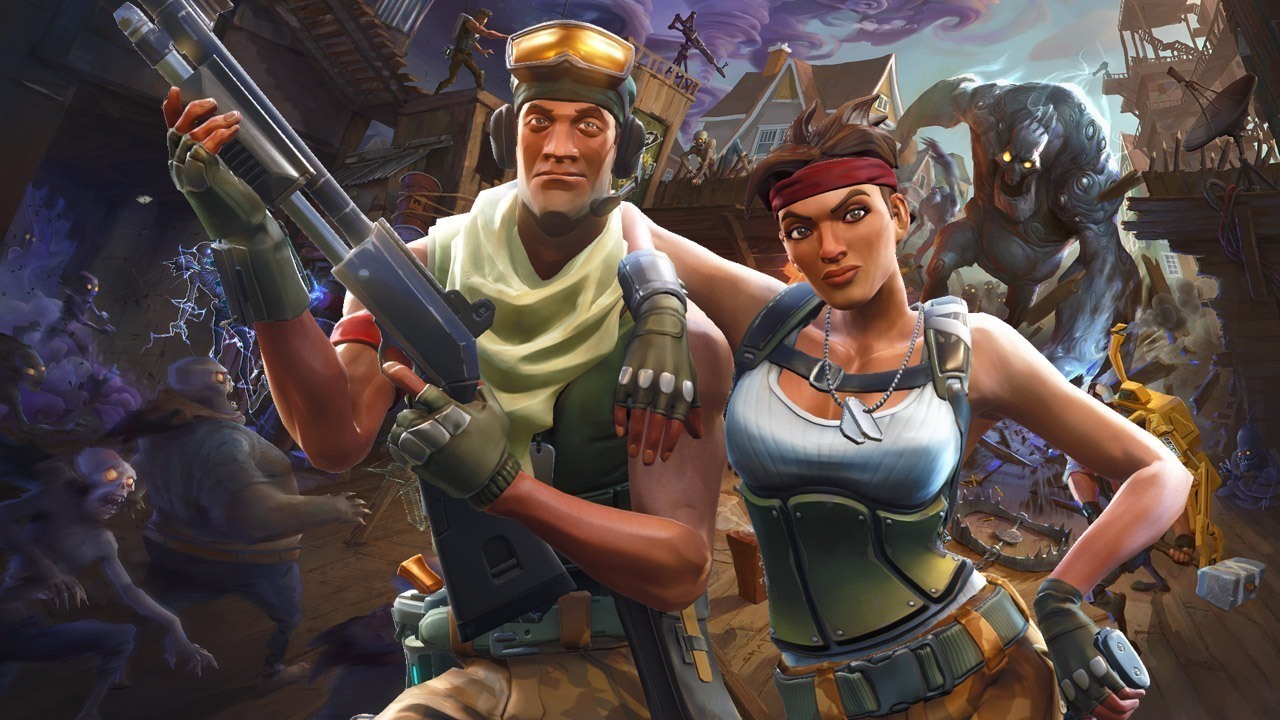This past weekend, Fortnite’s Battle Royale PvP mode proved yet again how popular it has become by pulling in an impressive 811,000 concurrent players. However, with that many players stressing the game’s servers all at once, severe networking issues started to crop up.
This resulted in long queue times, matchmaking issues, and even extended periods where the servers straight up went offline. Now, developer Epic Games has promised to redouble its efforts in the near future to ensure that Fortnite’s online servers are performing at optimal capacity.
After apologizing on Twitter for the weekend outages, Epic put up this post on the Fortnite website. In the post, Epic says that while it has been hard at work optimizing Fortnite’s Battle Royale mode, the game’s online infrastructure isn’t as solid as the studio hoped it would be.
Epic noted that many Fortnite Battle Royale players still suffer from server-side issues such as hitching, display latency, and rubber-banding. These are issues that can be improved on the player’s end by doing things like switching from Wi-Fi to a wired connection or tweaking their PC settings, but which ultimately have to be corrected on Epic’s end as well.

Epic also said in the post that it is actively monitoring both client and server performance and that it plans to implement the following strategies on the development side in the near future (text courtesy of Epic):
- Improve performance on min spec PC systems (Nvidia GTX 460, Radeon HD 5570, Intel HD 4000). This is an area where we made things worse recently, but took initial steps to correct in v1.8. We’re not going to stop there.
- Fix GPU hangs on PC and continue work with graphic card vendors such as NVIDIA, AMD, and Intel on improving performance and stability.
- Improve input latency on consoles. Improvements shipped with v1.8 -- please let us know your thoughts.
- Continue our push on improving console performance. We track the percentage of missed VSYNCs and want to be at less than 2% of frames (barely) missing it.
- Reduce hitches during gameplay. We define a hitch as a frame that took more than 60 ms, resulting in an entire frame to be skipped. The goal here is to get to less than one per minute with focus on entirely eliminating hitches over 100 ms.
- Fix remaining hitches on dedicated servers. E.g. a lot of players jumping late can result in rubber banding for players early on.
- Optimize server performance of common actions like taking damage.
- Identify source of hitches that are limited to first hour of releasing an update.
- Optimize our server and network code to allow sending of player state to all 100 connections per frame. Right now we are updating 25 connections per frame in the lobby and 50 during the game. That means your play experience isn’t where we want it to be till there are 50 players left. This is a major change that is running in parallel with other optimizations.
- Improve our handling of edge cases that can result in wells of despair.
- Improve our matchmaking system to dynamically route traffic to data centers within a region based on location. Basically have the ability to optimize for ping without taking away from the ability to play with friends.
- Hire more smart people that are passionate about these sorts of technical challenges.
A timeline for when the above strategies will be implemented into Fortnite itself wasn’t disclosed, but it’s still good to see that Epic is at least aware of the issues affecting Fortnite Battle Royale and that it’s committed to fixing them.



